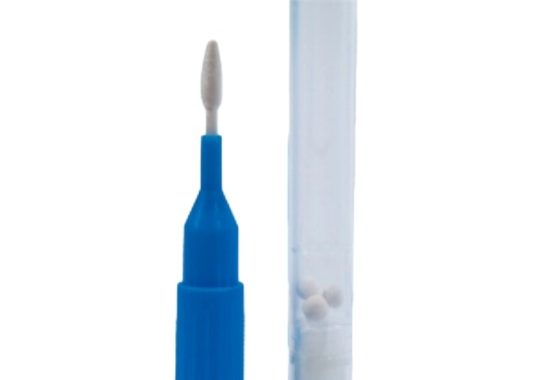Micro-biological evidence extraction solutions are designed to help collect and preserve microorganisms, DNA, or other biological materials from surfaces using swabs. This technique is crucial in forensic, environmental, and medical investigations for accurate and efficient sample collection.
Content
-
Choosing the Right Extraction Solution
-
Solution Composition: The extraction solution should be tailored to the type of evidence being collected (e.g., DNA, bacteria, or viruses). Common ingredients include buffers, detergents, and stabilizers to break down cellular structures and preserve genetic material.
-
Compatibility with Samples: Ensure the solution is compatible with the surface being swabbed. Some solutions are designed specifically for surfaces like clothing, glass, or hard plastic, while others are formulated for biological tissues.
-
-
Proper Swab Techniques
-
Sterile Swabs: Always use sterile, non-abrasive swabs to avoid contaminating the sample. Ensure that the swab is made from materials that won’t interfere with DNA extraction or microbial analysis.
-
Swabbing Motion: Gently swab the surface in a consistent pattern to ensure that the sample is evenly collected. Avoid pressing too hard to prevent damaging the sample or releasing unwanted contaminants from the surface.
-
Adequate Coverage: Ensure that the entire area of interest is swabbed thoroughly to collect a representative sample. If needed, use multiple swabs for larger or more complex areas.
-
-
Handling the Swab and Solution
-
Immersing the Swab: After swabbing the target surface, immerse the swab into the extraction solution immediately. This will help preserve the collected sample and prevent it from drying out.
-
Proper Sealing: Once the swab is immersed in the solution, seal it in a sterile container to prevent contamination and degradation during transport or storage.
-
Avoiding Cross-Contamination: Handle the swab and extraction solution with care to prevent cross-contamination between samples. Use separate tools and containers for each sample.
-
-
Storage and Transport
-
Temperature Control: Store the extracted samples in a cool, dry environment to prevent degradation. If the solution or sample is temperature-sensitive, use cold storage or dry ice.
-
Secure Packaging: Store the swabs and solution in leak-proof, secure containers to prevent contamination during transportation to the lab.
-
-
Documentation and Chain of Custody
-
Clear Labeling: Label all swabs and containers with relevant details, such as sample ID, time of collection, and location, to ensure traceability.
-
Chain of Custody: Maintain strict documentation on the handling of the sample, including who collected it, when, and how, to preserve the integrity of the evidence.
-
Features
-
Efficiency: Using the right extraction solution with swabs allows for efficient collection of micro-biological evidence without compromising the sample’s integrity.
-
Versatility: Suitable for a wide range of applications, including forensic investigations, environmental monitoring, and medical diagnostics.
-
Preservation: The solution ensures that collected biological material is preserved in optimal conditions for subsequent analysis.
Scope
This technique is widely used in forensic science, criminal investigations, disease outbreak studies, environmental monitoring, and clinical diagnostics.
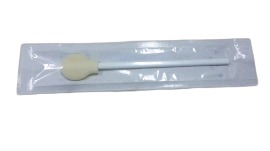
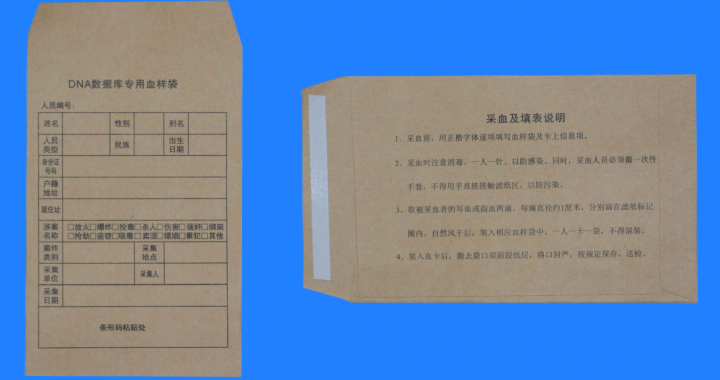

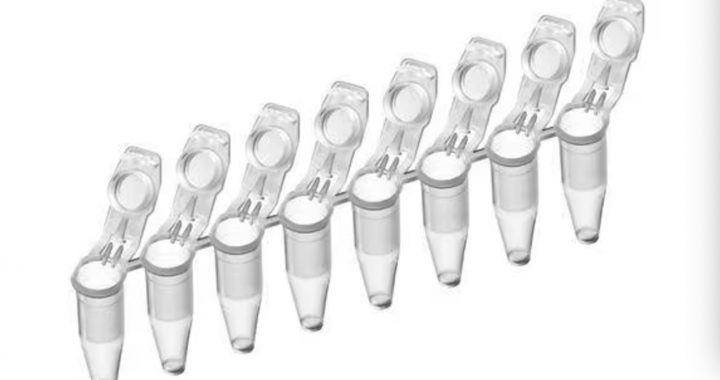

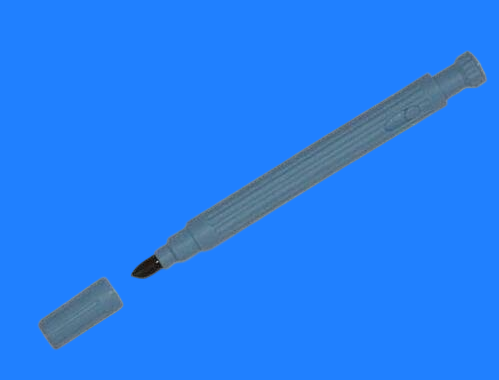
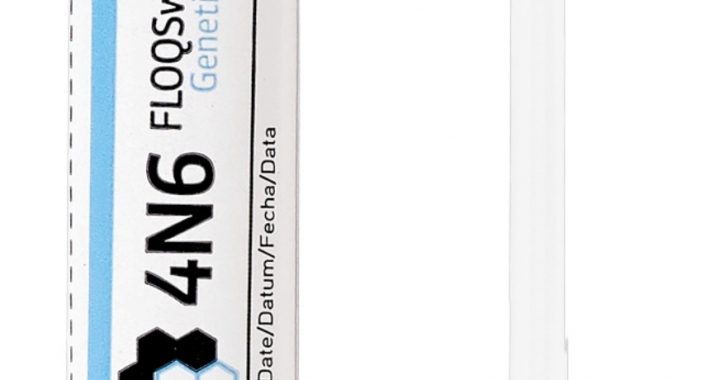
-双管生物样本采集套装-400x380.png)
